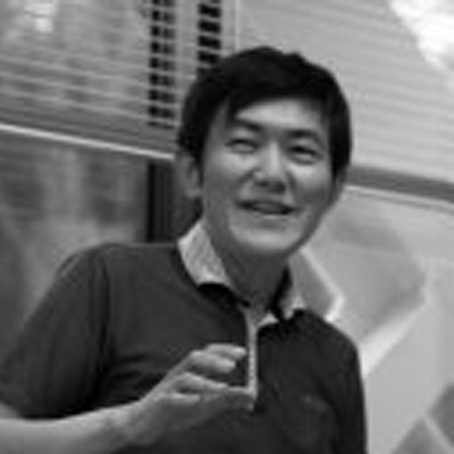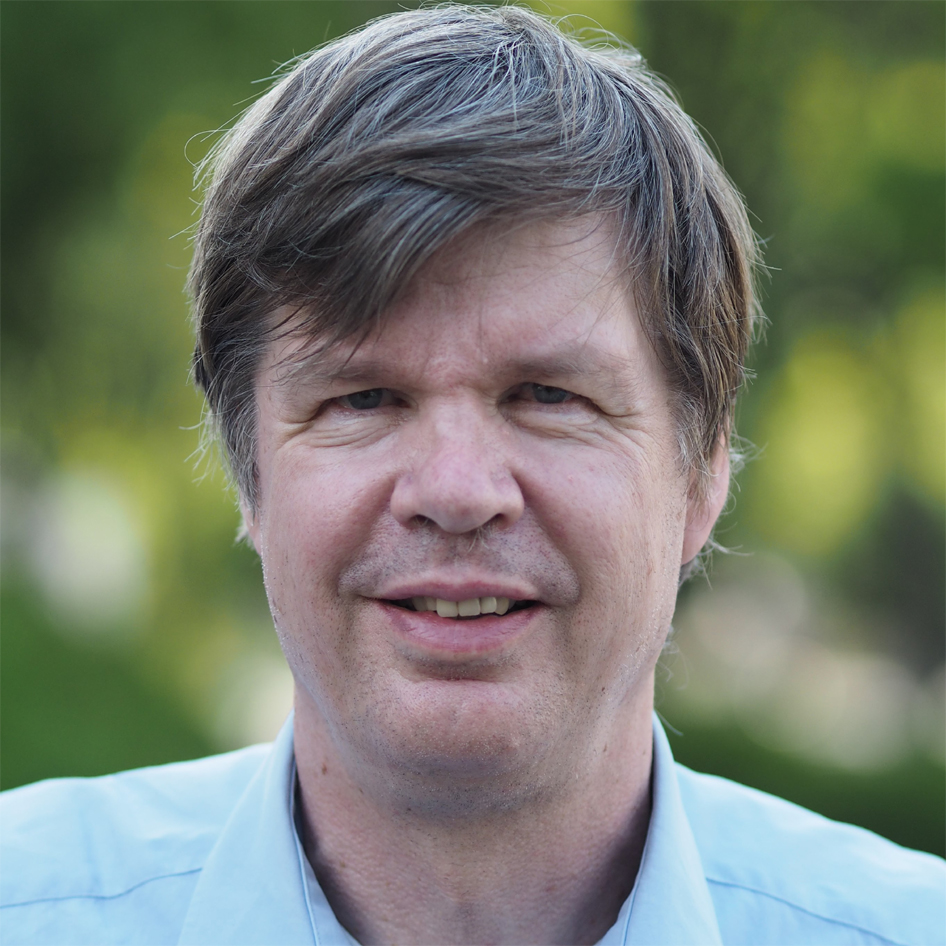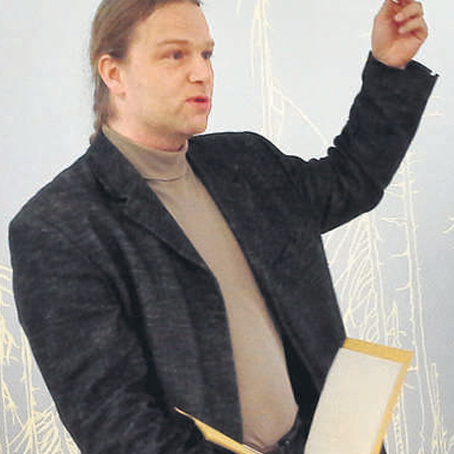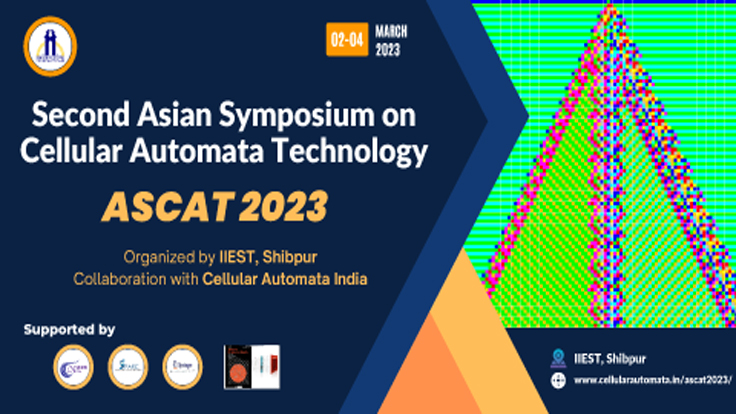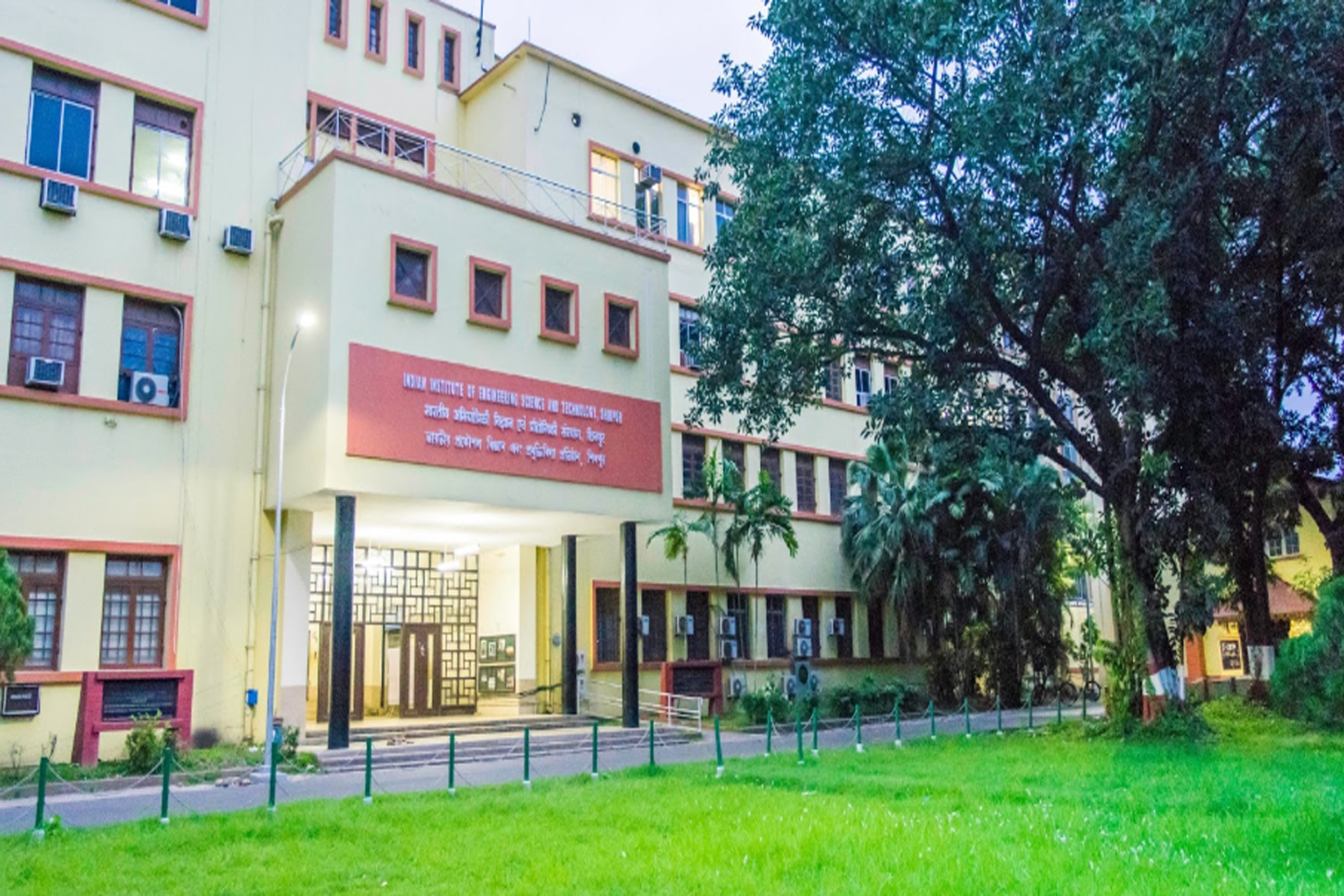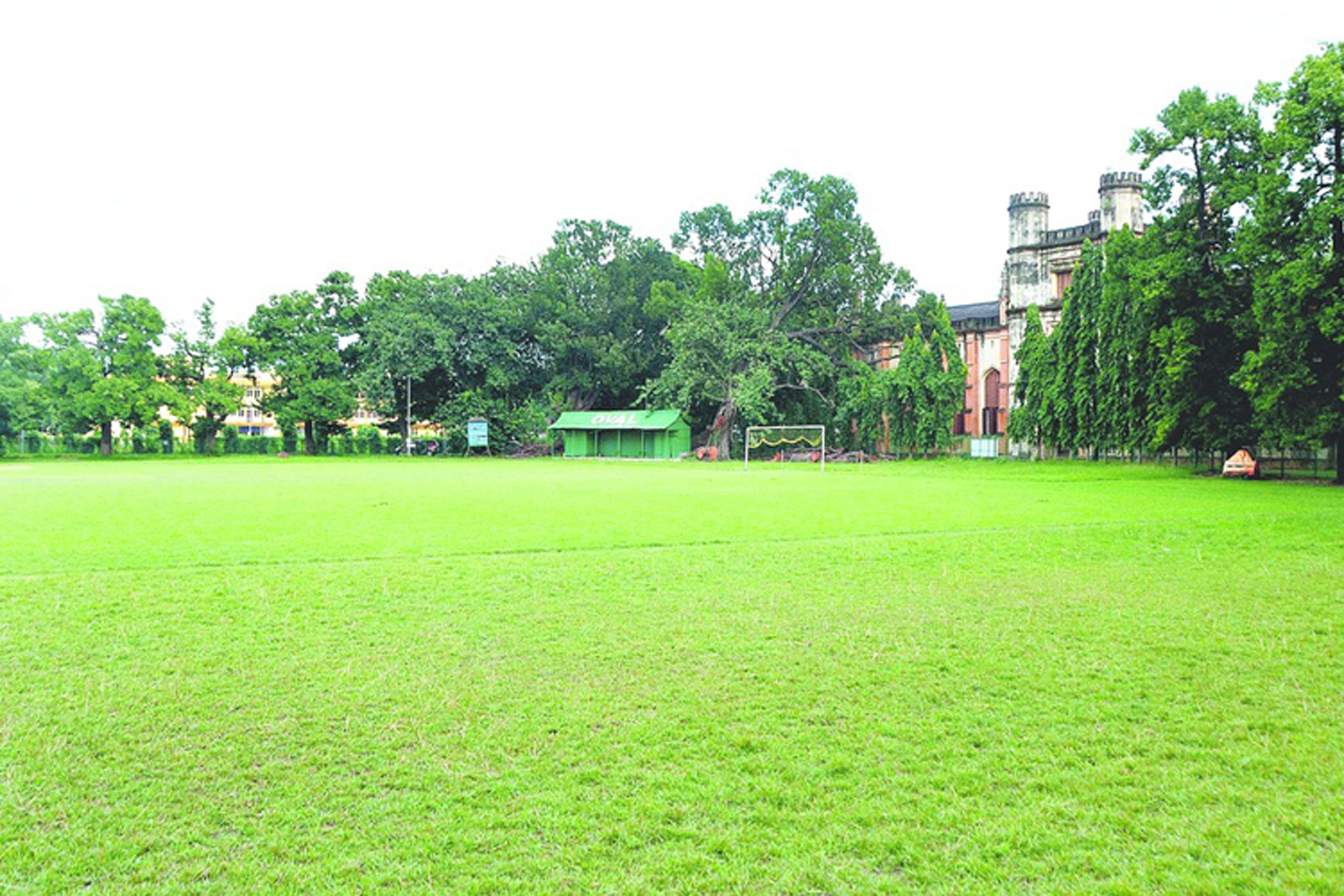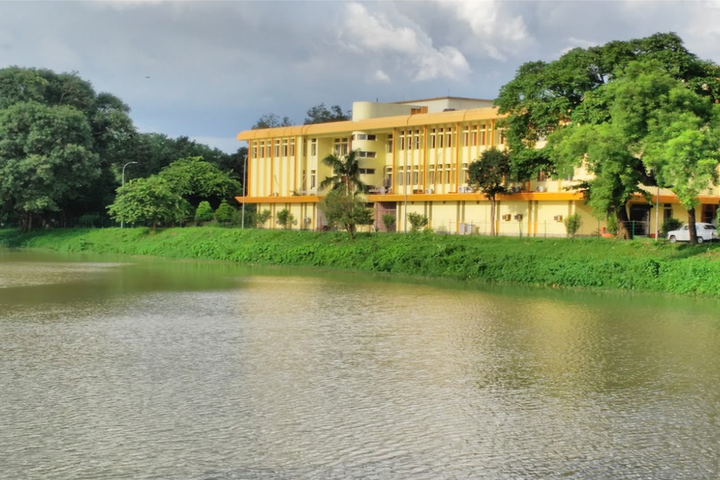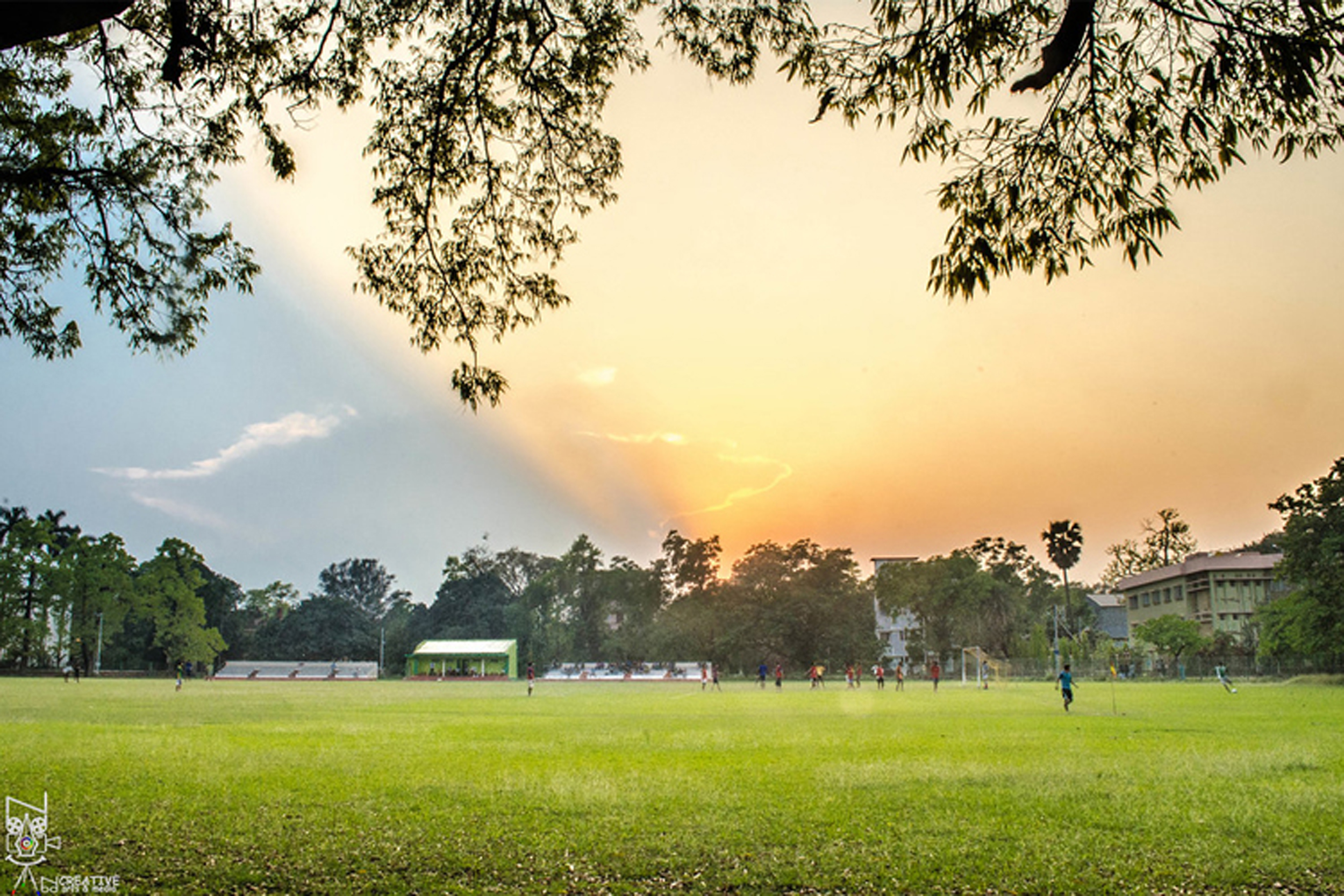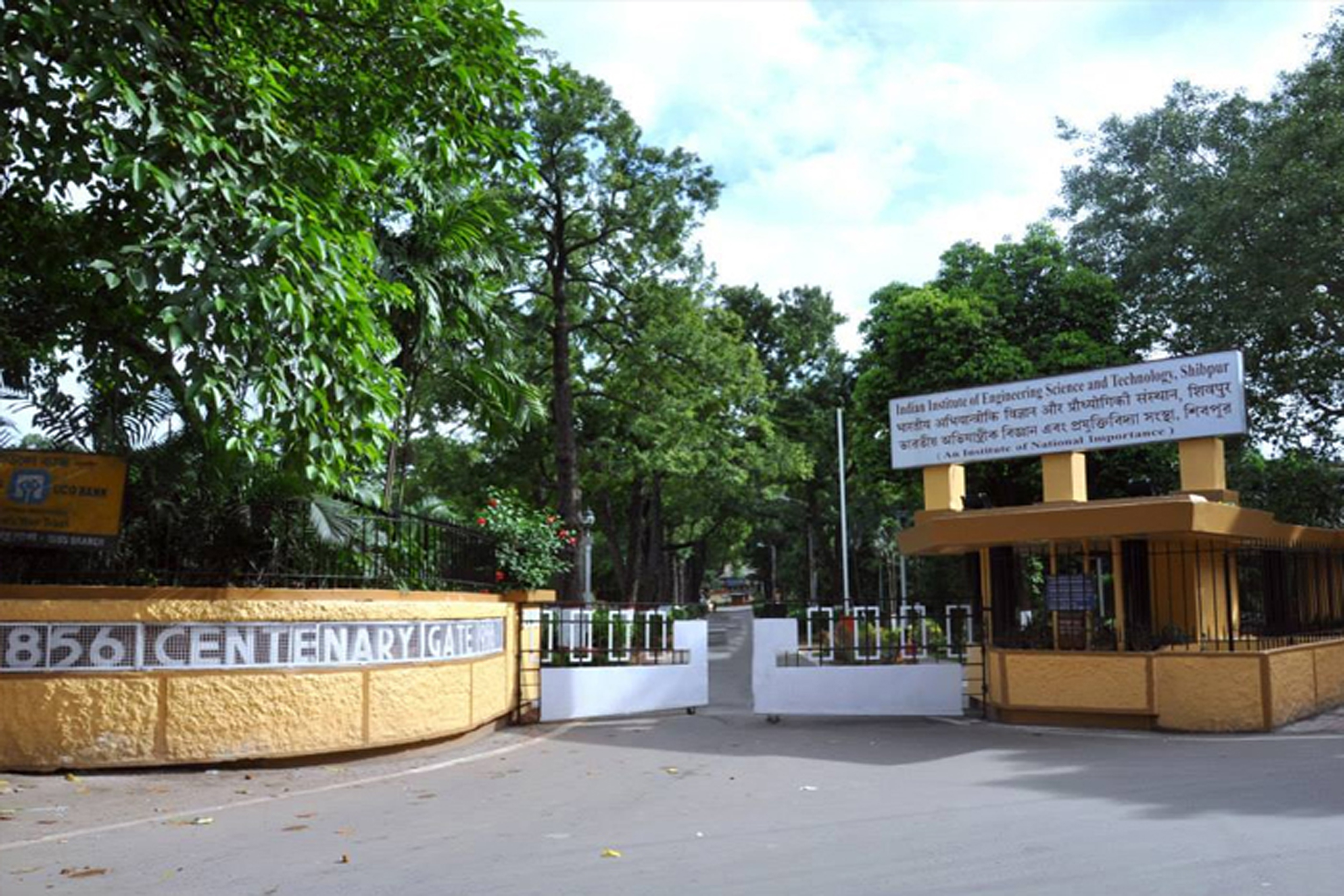Speakers









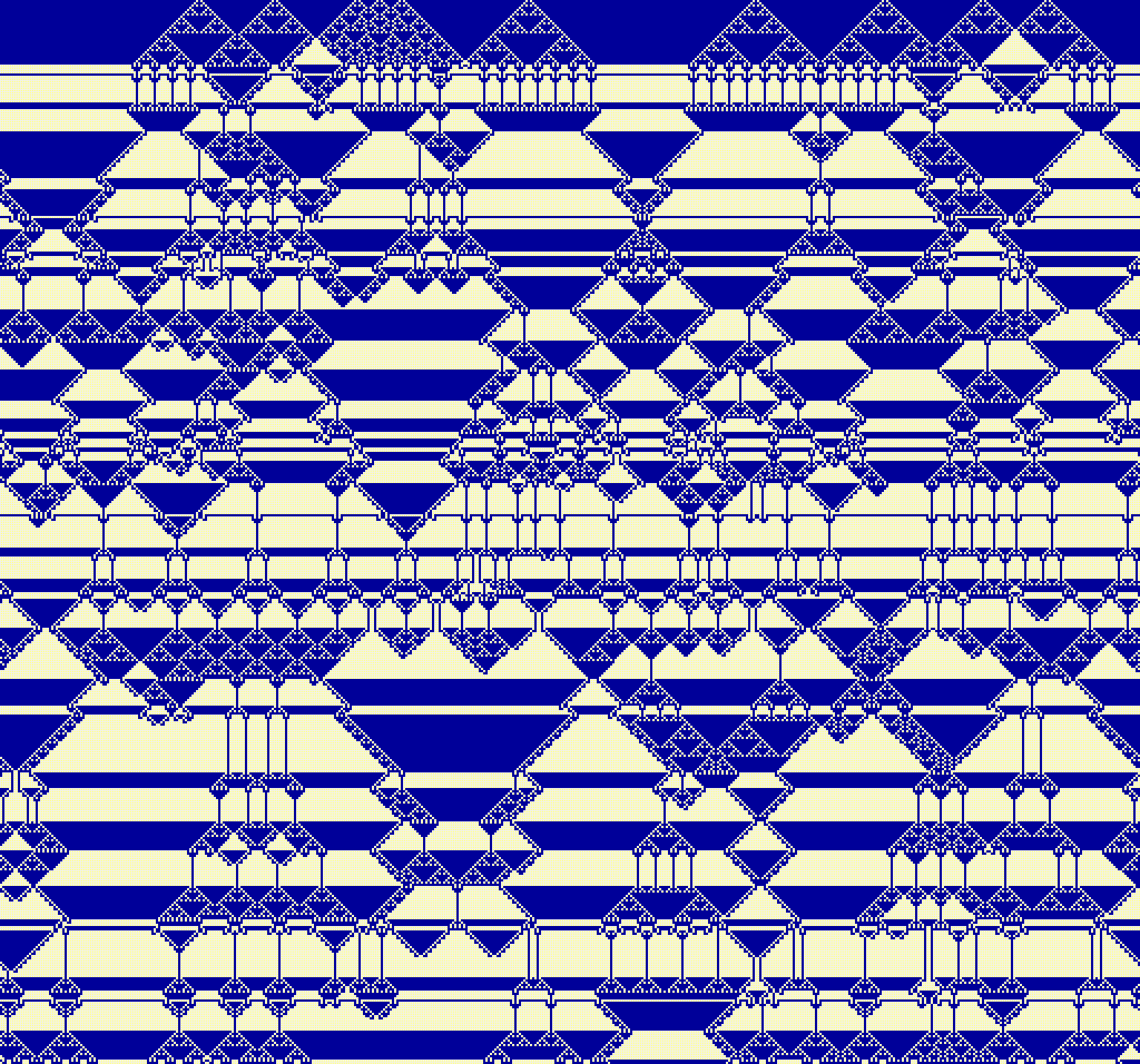
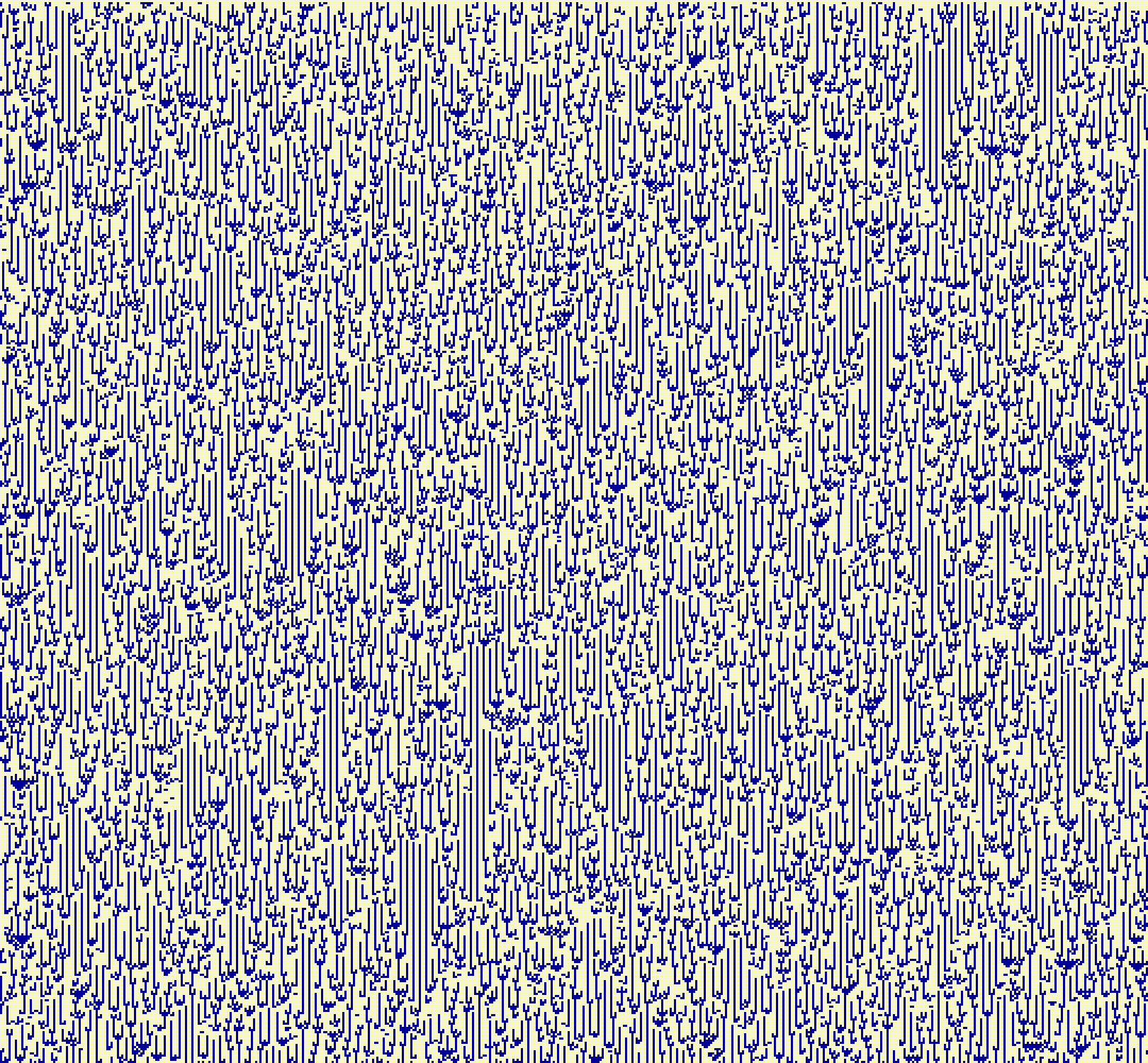
March 02-04, 2023 (hybrid)
Invited Speakers
Some cellular automaton models studied in physics literature
Speaker : Deepak Dhar, I.I.S.E.R. Pune
Abstract: In this talk, I will describe some of the cellular automaton models that have been
discussed in physics literature. The aim is to emphasize the diversity of the models, and the
real world problems for which these serve as simple models. I will try to show, by examples, the
questions of interest to physicists, and the techniques used to determine these.
I will start by discussing the box-ball system as a simple model showing “solitons”. Then I
discuss the abelian distributed processors model, and its special case the abelian sandpile model on
a square lattice. The abelian group structure, characterization of the steady state, and the fat tail in
the distribution of avalanches will be discussed. Lastly, I will discuss briefly some probabilistic
cellular automata models for modelling relaxation of spins of a magnet, and epidemic spread. I
will mention some recent work on stochastic predator-prey system called chase-escape percolation.
Brownian Circuits: from Computation to Neural Networks
Speaker: Ferdinand Peper, National Institute of Information and Communications Technology, Japan
Abstract: Brownian Circuits use the fluctuations of signals, implemented by tokens, to drive computation. They have been
shown to significantly reduce the required complexity of circuits or platforms implementing these circuits,
such as Cellular Automata. The original model of Brownian Circuits eyes computation models, in which
operations on individual tokens are at the core. This presentation discusses models in which masses of tokens
are used as signals in Brownian Circuits, in particular Neural Networks. We show how previously proposed
Brownian Circuit primitives can be employed to implement neural functionality, like thresholding,
synchronization, and learning.
What Cellular Automata Tell Us About Life
Speaker: Alyssa M Adams, University of Wisconsin-Madison, United States
Abstract: Cellular automata have a long and rich history of being computational worlds where researchers can study the dynamics of living systems.
While these worlds evolve according to relatively simple rules, the resulting state-space dynamics can be complex enough to be irreducible.
This is ideal for studying aspects of living systems. Living systems are bound by the laws of physics (and chemistry), yet they cannot be described or predicted using these same laws.
Instead, biology evolves according to emergent laws on different scales of spatial organization that continuously change over time.
In this talk, I briefly overview the history of cellular automata being used to study living systems and then introduce modern approaches.
I also summarize my current and recent work on using cellular automata to understand various aspects of life, including open-endedness and emergent functionality.
On visualization of three-dimensional cellular automata and tilings with head-mounted display
Speaker: Katsunobu Imai, Hiroshima University, Japan
Abstract: We created a simulator using an AR-type head-mounted display for visualization of 3D cellular automata and tiling,
and simulated various 3D CAs including life games. Using these simulators, we visualized a 3D version of Penrose tiling,
one of the well-known quasiperiodic tiling.
A new kind of science – a new kind of art? Towards an aesthetics of complexity
Speaker: Tim Otto Roth, German conceptual artist, composer and scholar
Abstract: With his seminal book Stephen Wolfram postulated "A New Kind of Science"
for the mathematical model of cellular automata. Focusing a ‘new kind
of art’ this paper changes perspective asking for a new aesthetics in a
more philosophical sense. Here it reflects the power of the
self-organization principle creating complexity based on a minimal set
of conditions. Looking back to history, the complete discretization of
space, time and state inherent to automata was considered in two
complementary conceptual ways: On the one hand it was interpreted as a
discrete “caricature” (Bossel 1994) of dynamical systems, especially of
models based on continuous differential equations. On the other hand it
was comprehended as a digital “calculating space” (Zuse 1969)
representing more fundamental physics underlying existing physical
models as for instance in quantum physics ('t Hooft 2015). In a more
methodological sense, there are two complementary aesthetics reflecting
cellular automata either visually or more inspired by music:
- The “morphological” approach practises a visual-formal analysis and
classification of activity patterns revealing similarities to the use of
visual analogies in art history.
- A musical approach works on a higher abstraction level. Here the
behaviour of automata could be analyzed statistically and translated
into more temporal patterns. In a special case, a meta behaviour can be
highlighted as the composer Iannis Xenakis used it in a sequence of his
piece "Horos" to switch instrumentation in case of certain cell
configurations (Solomos 2005).
This aesthetic conceptualization finally ends up in the question, if
there are visual patterns and sound sequences inherent to automata. Last
but not least the automata aesthetics can be understood also as a plea
for the arts switching from the simplicity of beauty towards the
sublimity of complexity.
Cellular Automata in vehicular traffic flow modelling
Speaker: K Ramachandra Rao, Indian Institute of Technology, Delhi
Abstract: This talk focuses on identifying Cellular Automata (CA) as one of the tools to model traffic flow.
Beginning with the one of the earliest models by Nagel and Schreckenberg, we trace the journey of CAs and their applications in various contexts of traffic flow modelling.
The moving traffic could comprise pedestrians and human driven vehicles. CAs recently are finding use in studying Connected and Autonomous Vehicles (CAV) and their
influence on capacity and safety augmentation. Owning to their inherent simplicity and discreteness, they can be used at different levels of aggregation.
It was found that by relaxing certain rules, CAs can be useful in modelling not only uninterrupted facilities such as main roads (Arterials/Expressways)
but also interrupted facilities such as traffic lights. We try to highlight the effect of vehicle heterogeneity on traffic flow on urban arterials and
junctions with traffic lights.


